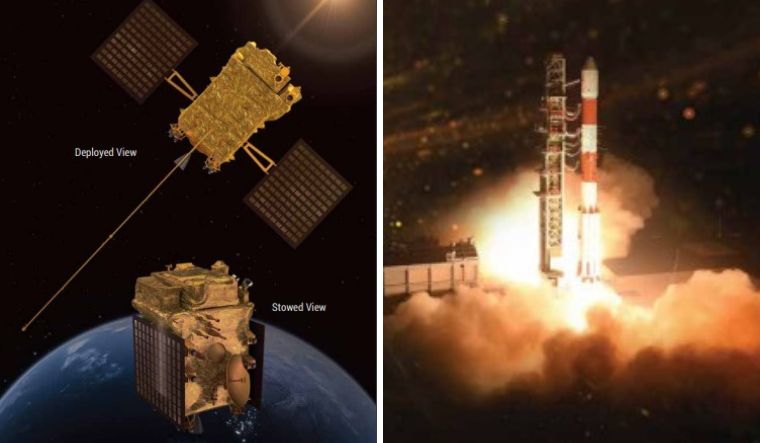The Aditya Solar wind Particle Experiment (ASPEX) payload onboard India's Aditya-L1 satellite has successfully commenced its operations, providing valuable insights into the behavior of solar wind. The Indian Space Research Organisation (ISRO) reported that the payload, consisting of two cutting-edge instruments - the Solar Wind Ion Spectrometer (SWIS) and SupraThermal and Energetic Particle Spectrometer (STEPS) - is functioning optimally.
The Aditya-L1 spacecraft was launched into a halo orbit around the Sun-Earth Lagrangian point L1, located approximately 1.5 million kilometers from Earth, using the Polar Satellite Launch Vehicle (PSLV-C57) on September 2, 2023. This remarkable feat makes Aditya-L1 the first Indian space-based observatory dedicated to studying the Sun from this unique vantage point.
The SWIS instrument, which offers a remarkable 360-degree field of view, was activated on November 2, 2023. ISRO stated that SWIS has successfully measured solar wind ions, primarily protons and alpha particles, providing crucial data on their behavior. The instrument's exceptional directional capabilities enable precise measurements, allowing scientists to address long-standing questions about solar wind properties, underlying processes, and their impact on Earth.
ISRO also emphasized that the change in the ratio of protons to alpha particles, as observed by SWIS, holds the potential to provide indirect information about the arrival of Coronal Mass Ejections (CMEs) at the Sun-Earth Lagrange Point L1. This enhanced alpha-to-proton ratio is considered a sensitive marker for the passage of interplanetary coronal mass ejections (ICMEs) and is crucial for space weather studies.
Furthermore, ISRO highlighted that the ASPEX payload includes the STEPS instrument, which has been operational since September 10, 2023. Together, SWIS and STEPS are expected to revolutionize our understanding of the Sun's behavior and its influence on Earth.
The data acquired by the Aditya-L1 satellite will not only contribute to scientific research but also aid in space weather forecasting, which is crucial for satellites, communication systems, and power grids. This mission represents a significant milestone for India's space exploration endeavors and will undoubtedly pave the way for future advancements in solar research.


